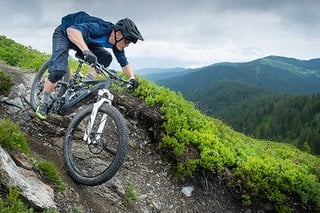
eMTB-news.de: Wir haben uns das erste Mal vor zwei Jahren beim Launch des Specialized Turbo Levos getroffen – es war sofort ausverkauft. Wie ist es seit der ersten Vorstellung gelaufen, ziemlich zufriedenstellend bis jetzt, oder?
Jan Talavasek: Alles was wir zuvor getan hatten, hat gut funktioniert. Wir hatten bereits das Specialized Turbo S für die Straße, aber wir wussten, dass das Specialized Turbo Levo das Potenzial hatte, viel größer herauszukommen, als alles was wir zuvor geschaffen hatten. Seitdem wir uns getroffen haben und die Produktion gestartet hat, haben wir unsere Produktionskapazitäten jeden Monat voll ausgeschöpft. Ich habe es heute erst gecheckt und es sind einige Modelle ausverkauft, das Lager ist nie wirklich voll, was super ist. Unser Team hat immer gewusst, dass wir erschaffen haben, was wir wollten – es war einfach das perfekte Bike für uns. Wir hatten eine Vision von dem, was wir wollten und wir haben es umgesetzt, womit wir wirklich sehr zufrieden sind. Haben die Leute das auf dem Trail gemerkt? Ich denke schon, aber wir hinterfragen uns immer selbst, um unsere Entwicklung anzupassen.
Wie sieht es mit Amerika aus, schließlich ist es ein Produkt einer amerikanischen Firma, wurde aber in Europa entwickelt – erkläre doch mal, wie es dort läuft?
Amerika ist eine große Herausforderung, das Produkt dort zu vermarkten, macht ganz eigene Probleme, wie zum Beispiel Trail-Aktivisten zu belehren. Die Leute denken wir hätten ein elektrisches Moped – mit einem Gasgriff – und denken wir werden die Natur und Trails zerstören. Man muss sie dann erstmal dazu bringen, es auszuprobieren und zu merken, um was es wirklich geht. Im Allgemeinen ist die Auffassung jedoch extrem positiv, es kommt wirklich gut an. Der durchschnittliche europäische Kunde weiß genau, was ein Bike mit Tretunterstützung ist, das war beim durchschnittlichen amerikanischen Kunden bisher noch nicht so. Das ist noch eine Menge Arbeit.
Wenn die Leute es einmal gefahren sind, sind sie Feuer und Flamme. Wir sind eine gigantische Marke dort drüben, wir haben ein Händlernetz, Erkennungswert und eines der besten Schulungssysteme. In Europa geht es immer um die Zahlen: welches Motordrehmoment, Schaltwerk, etc. In Amerika ist die Gesamtqualität wichtig – zwei ganz verschiedene Paar Schuhe. Wir können beides erfüllen, bevorzugen es aber ein insgesamt qualitatives Produkt zu haben und nicht einfach nur in den Zahlen zu gewinnen.

Was denkst du seit der Einführung des Turbo Levos über die Konkurrenz? Was ist euer nächster Schritt?
Die Konkurrenz schläft nicht, nächstes Jahr werden wir … ha ha … Was wir wissen ist, dass wir etwas gezeigt haben, das drastisch anders ist – die Konkurrenz hat mindestens zwei Jahre gebraucht, um zu antworten. Ein so komplexes Bike kann man nicht in einem Jahr entwickeln.
Natürlich gehen noch andere in eine ähnliche Richtung wie wir im Performance-MTB-Markt, das ist eine stichhaltige Kategorie. Mehr Unternehmen werden folgen, keiner schläft, auch unsere Zulieferer nicht. Wir werden bald ein Software-Update veröffentlichen, es sind jedoch noch einige Dinge in Planung, denn auch wir schlafen nicht. Wir haben ein 15-köpfiges Team in der Schweiz, die müssen ja etwas machen …
Wir entwickeln nun lieber auf Ziele zu, als um welchen auf immer verfügbaren Motor herum. Wir fragen uns, wo wir hinkommen wollen und entwickeln dann in diese Richtung. Wir haben Spaß daran. Die Batterie-Integration und Form des Specialized Turbo Levos hat einen Standard gesetzt, bei dem andere Probleme haben ihn zu erreichen – selbst bei Dingen wie dem Umfang des Unterrohrs.
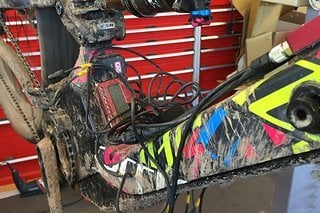
Wird die Batterie-Zelltechnologie ändern, was man mit einem E-Bike machen kann?
Ich kann dem, was andere Unternehmen bisher mit Doppel-Batterie-Ideen, usw. gemacht haben nur Beifall spenden. Allerdings muss man manchmal etwas weiter denken. Keiner weiß, was sich in Sachen Zelltechnologie tun wird – jeder, der denkt, dass es bald eine große Änderung von irgendeinem Startup geben wird, muss sich darüber im Klaren werden, dass diese für die nächsten 10 – 15 Jahre nicht produziert werden wird.
Konventionelle Batteriezellen werden sich nicht dramatisch ändern. Die Energiedichte wird sich leicht verbessern, vielleicht 10 – 20 Prozent jedes Jahr. Das Specialized Turbo S hatte 350 Wh im Jahr 2010, wir haben die Kapazität bei gleichem Form-Faktor in sechs Jahren verdoppelt, was fantastisch ist. Der Zell-Form-Faktor wird aktuell debattiert, 18650 ist die am meisten verbreitete Form, es ist jedoch eine neue am Aufkommen. Die Dichte pro Volumen ist so ziemlich gleich, abhängig von der Paketgröße hat die alte 18650-Zelle Vorteile, es kann ein kleineres Paket mit einer höheren Dichte ergeben. Wo wir in fünf Jahren sein werden, steht in den Sternen – wartet nicht auf neue Technologien.
Was hältst du davon, dem System zusätzliche elektrische Komponenten, wie z. B. elektrische Schaltung, hinzuzufügen? Warum gibt es außerdem keine SRAM EX1-Schaltung an Specialized E-Bikes?
Wir haben um so etwas ausufernde Debatten. Die SRAM EX1-Schaltung ist ein tolles, innovatives Produkt, High-Five an SRAM, dafür dass sie sie produzieren. Als Gruppe ist sie jedoch immer noch recht teuer für uns. Für dieses hochpreisige Segment sind die Sprünge zwischen den Gängen recht groß, das will noch nicht jeder, der im High-End-Segment kauft. Abhängig vom Einsatzzweck ist das also nicht immer das, was wir wollen. Wir können das den ganzen Tag debattieren, unsere Bikes sind aber voll kompatibel mit SRAM EX1, sollte jemand es nachrüsten wollen. Wir haben uns aktuell dagegen entschieden.
Elektrische Schaltung ist toll und die Integration in den Motor ist eine interessante Idee – da es allerdings keinen industrieweiten Standard für Schaltsignale und die Energieversorgung gibt, wird man es noch nicht an jedem Bike finden.
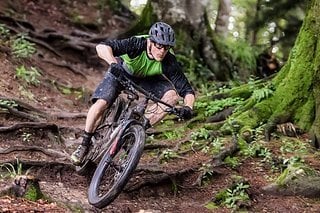
Regularien und Standards – wie sind die für euch, als Bike-Entwickler, so?
Bikes aus der “25 km/h Kategorie” unterliegen dem EN 15193-Standard. Bestimmte Komponenten dieser Bikes müssen diesen Standard erfüllen, Bremsen, maximales Fahrergewicht, etc., theoretisch kann man nicht einfach die Bremsen an jedem E-Bike auf dem Markt wechseln. Als Verbraucher kann man das, denn dann hat man selbst die Verantwortung, aber kein Fahrradladen darf das. Wir haben eine Liste mit den Dingen, die Händler wechseln können oder nicht wechseln sollten. Es geht immer um die Haftung.
Was ist mit Modifikationen, um das E-Bike schneller zu machen?
Bei unserem System ist das nicht so leicht möglich, wenn man es modifiziert muss man wirklich gründlich überlegen, ob das ok ist? Man fährt dann ein illegal registriertes, unversichertes Moped. Man wechselt schlagartig die Kategorie seines Bikes. Wenn man in einen Unfall involviert ist, auch wenn man nicht Schuld ist, wird man in große Schwierigkeiten kommen. Ehrlich gesagt, wenn ich zur Arbeit pendeln müsste, würde ich ein 45 km/h-Bike kaufen und nicht an einem 25 km/h-Bike herumbasteln. Das Risiko wäre mir zu hoch – in einigen Städten in Deutschland kontrolliert die Polizei mittlerweile die Geschwindigkeit von E-Bikes, z. B. in Stuttgart, um Chip-Tuning, usw. zu entdecken.
Auf einem richtigen Trail sind 25 km/h in Ordnung. Wenn es richtiges Mountainbiking ist, bin ich nur 2 – 3 mal über 25 km/h schnell. Ich bin bereits ein offenes E-Bike gefahren, da gibt es Situationen, in denen es gefährlich schnell ist. Wir können alle gut Radfahren, ich weiß aber auch, dass 5 – 7 von 10 Kunden nicht dieselben Fahrtechnik-Skills haben wie wir. Ein offenes System kann gefährlich sein – stell dir nur vor, du bist auf einem Schotterweg, siehst die Kurve kommen und das Rad macht geradeaus weiter. Man verliert das Gefühl für die Geschwindigkeit. Wenn ich einen Weg finden würde, die Geschwindigkeit aller Bikes auf 25 km/h zu limitieren, würde ich sagen: “Ja, bitte tut es!”
Es wäre gut für die Leute und gut für die Industrie, man macht einen Deckel drauf und fertig.
Wenn man 45 km/h fahren möchte, dann gibt es dafür Räder, nur nicht für Mountainbike-Trails. Man braucht das nicht. Das Gesetz war schon immer so und es wird frühestens in etwa 6 Jahren eine Erneuerung der Typen-Zulassung geben. Ich denke nicht, dass es sich in den nächsten 10 – 15 Jahren ändert.
Danke, für deine Zeit, Jan!
Kein Problem! Man sieht sich auf den Trails …
eMTB-News.de: We met two years ago at the first Turbo Levo launch. It has become known as a sold out bike… How has it gone since the first release, it must be pretty satisfying so far?
Jan Talavasek: Anything we had done before functioned nicely. We had done the Turbo S for the onroad application, but we knew the Turbo Levo had potential to be much bigger than anything we had done before. Ever since we met and production started, we have been producing at full capacity every month. I checked today and a couple of models are sold out, the warehouse is never really full, which is awesome. We knew in the team we had created what we wanted – it was the perfect bike for us. We had the vision for what we wanted and we created it, we are highly satisfied. Did people on the trail get it? Yes we would say so, but we are always asking questions to adjust our trajectory.
What about America, it’s an American companies‘ product being created in Europe, explain that, what’s going to happen in the USA?
America is a big challenge, marketing the product has its own issues. Educating trail activists first, people think we have created an electric moped, with a throttle, thinking it will destroy all the wild life and trails. You have to get people to try it and realise what’s going on. In general the perception is extremely positive, really well-received. The average European consumer knows exactly what a pedal assist bike is. The average American consumer did not know that so far. There is a lot of work to be done.
Once people ride it, they are super fired up. We are a gigantic brand over there, we have a dealer network, visibility and one of the best education systems over there. In Europe it’s all about numbers, which motor torque, derailleur, etc… The right overall quality is important in America – two different animals, which we are able to satisfy. We prefer an overall quality product, not winning on numbers alone.
What do you think about the competition since the Turbo was introduced? What are you going to do next?
The competition is not sleeping, next year we are going to … ha ha … What we know is that we showed something that is dramatically different, it‘s taken the competition at least two years to reciprocate. A bike with that complexity you can not do in a year.
Others of course are going in a similar direction to us in the performance MTB-market. This is a valid category. More companies are going to follow, no one is sleeping, our suppliers are not sleeping either. We will be releasing a new software update soon. There are things in the pipeline, we are not sleeping. We have a team of fifteen people in Switzerland, they have to be doing something …
We are designing to goals more now, rather than around which motor is available, we ask ourselves where we want to be and then design according to that. We are having fun. The battery integration and form factor of the Levo has set a standard, which others have struggled to approach, even with things like downtube circumference.
Is cell technology going to change what you can do with a bike?
I applaud what some companies have done so far with double battery ideas and so forth, however sometimes it requires you to think ahead. Nobody knows, what’s going to happen with cell tech, someone who thinks there will be a big change soon from a start-up with a super cell idea, needs to realise it’s not going to be in production for the next 10 – 15 years.
Conventional cell platforms will not dramatically change. Energy density will improve slightly, 10 – 20 percent per year maybe, the Turbo S was 350 Wh in 2010. We have doubled the capacity in the same form factor in six years which is fantastic. Cell form factor is currently being debated, 18650 is the most common form, there is a new one coming. Density per volume, though, is pretty much even. Depending on the pack size, the older 18650 cell has more of a benefit, it can give a smaller pack with a higher density. Where we are in five years, is a crystal ball. Don’t wait for new technology.
What do you think of adding electronic appendages on to the system, like electronic shifting etc? Why no EX1 on Specialized bikes yet as well?
We have big debates for the EX1. It’s a great, innovative product – high five to them for producing it. At a groupset level its still quite expensive for us. In this high price segment, we think the gear shifts are large, not everyone wants that yet at the top end. So depending on the application, it’s not always what we want to do. We could debate all day long, we are fully compatible with EX1, so if someone wants it, you can mount it, we decided against it at the moment out of the factory.
Electronic shifting is great and the integration with motors is an interesting idea, however, since there is no industry standard for shifting signals and power signals, it’s not going to be on every bike yet.
Regulations and Standards, how are they for you as a bike builder?
For the 25km/h category the bikes follow the EN 15194 standard, certain components of those bikes have to be in that standard, brakes, maximum rider weight etc… In theory, you can’t just swap a brake on any E-Bike on the market. As a consumer you can, you then have the responsibility, but any shop can’t. We have a list of what dealers can swap and should not swap. It’s all about responsibility.
What about modifying bikes to go faster?
It’s not easily possible on our system. If you do modify it, you have to really think twice, is that ok? You are riding an illegal, unregistered, uninsured moped. You suddenly changed the category of your bike. If you are involved in an accident – even if it wasn’t your fault – you will be in big trouble. To be honest, if I had to commute to work, I would buy a 45 km/h bike and not tamper with a 25 km/h bike. The risk for me would be too high. In certain cities in Germany, the police are now checking the speed of E-Bikes, for example Stuttgart, to check for chip tuning, etc..
On the real trail 25 km/h is fine, there are only two or three occasions where I am over 25 km/h, if it’s true mountain bike riding. I have ridden an open bike, there are occasions where the bike has become dangerously fast. We know how to ride bikes, I also know that half to three quarters of customers don’t have the same bike handling skills as we do, an open system can be dangerous. Imagine on a gravel road you see the turn coming and the bike just keeps going straight. You lose the feeling for the speed. If it was me, finding a way of locking all the speeds of all the bikes to 25 km/h I would say: “yes, please do it!”
It would be good for the people, good for the industry, it would put a cover on it and be done with it.
If you want to go 45 km/h there are those bikes available, but not on the mountain bike trails. You don’t need it. The law has been this way for ever and the next time type approval is up for renewal, is in six years or so. I don’t see it changing anytime soon in the next 10 – 15 years.
Thanks for your Time Jan!
No problem! See you on the trails …
Weitere Informationen
Website: www.specialized.com
Text & Redaktion: Alex Boyce | eMTB-News.de
Bilder: Jan Talavasek

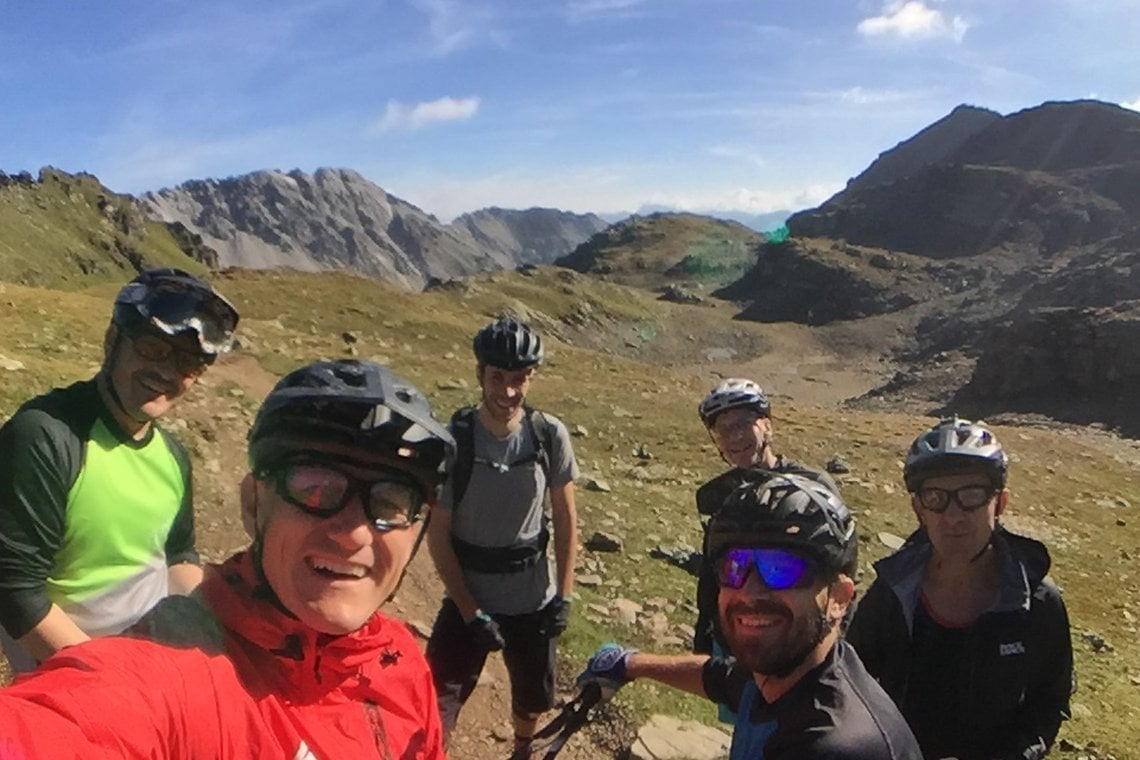



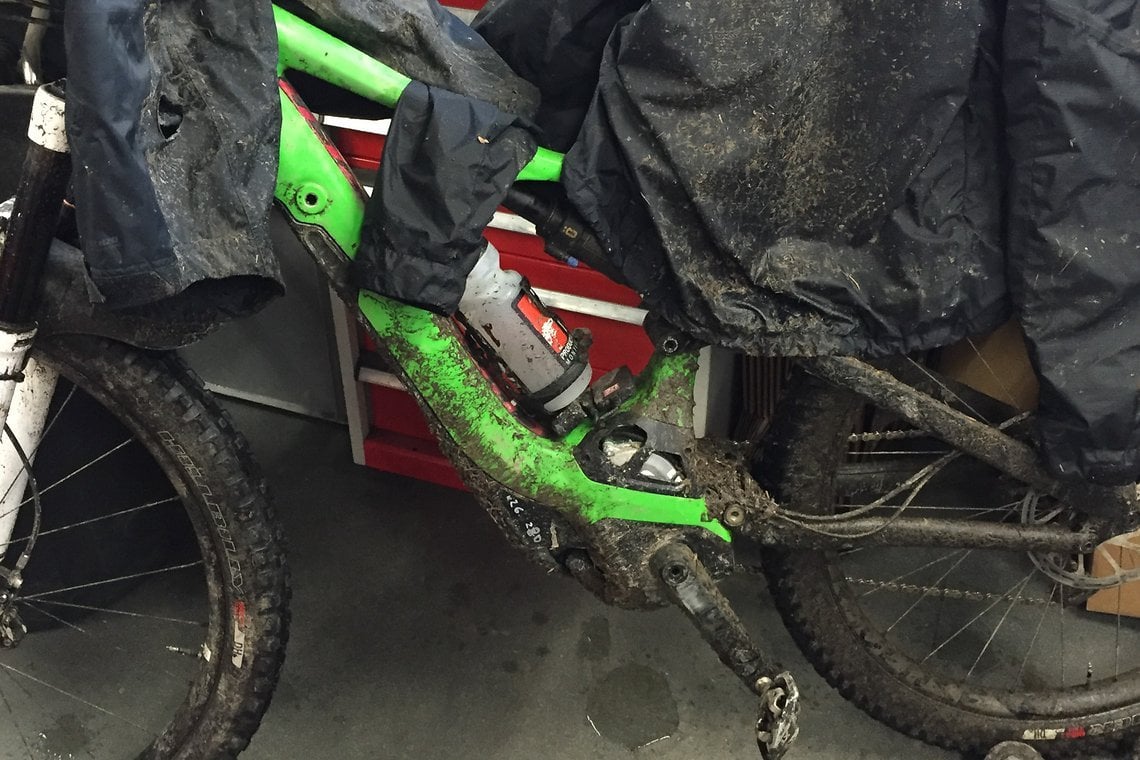


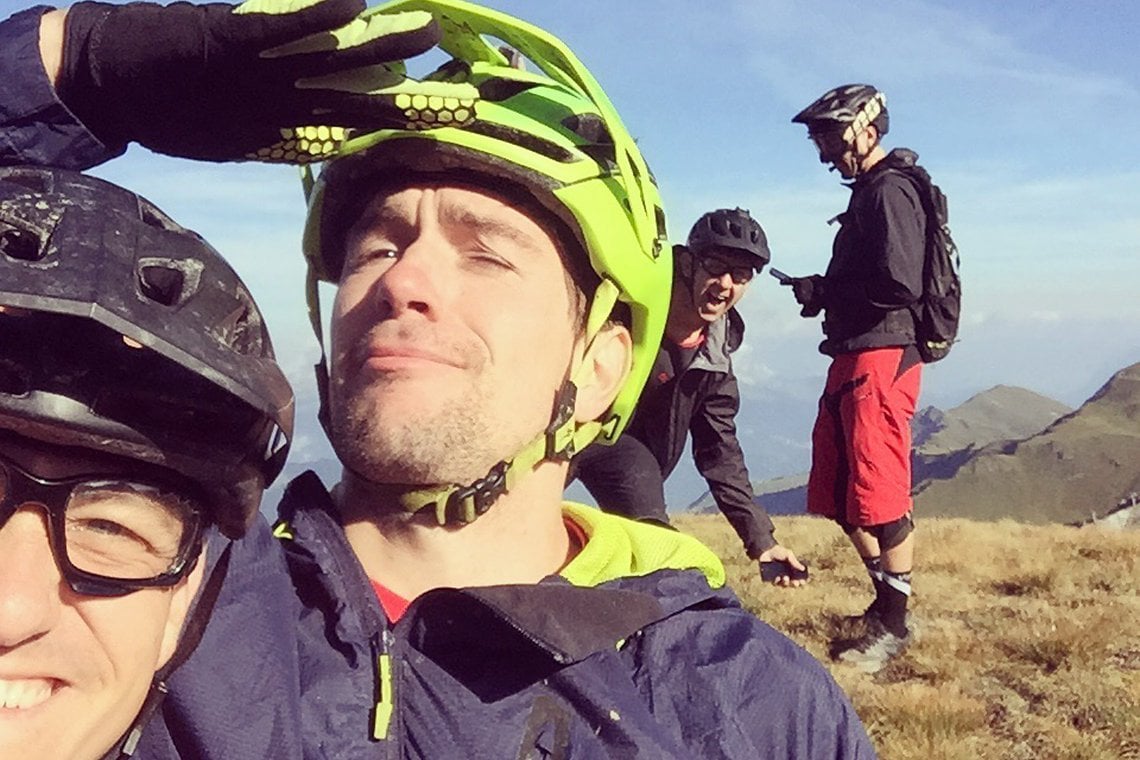
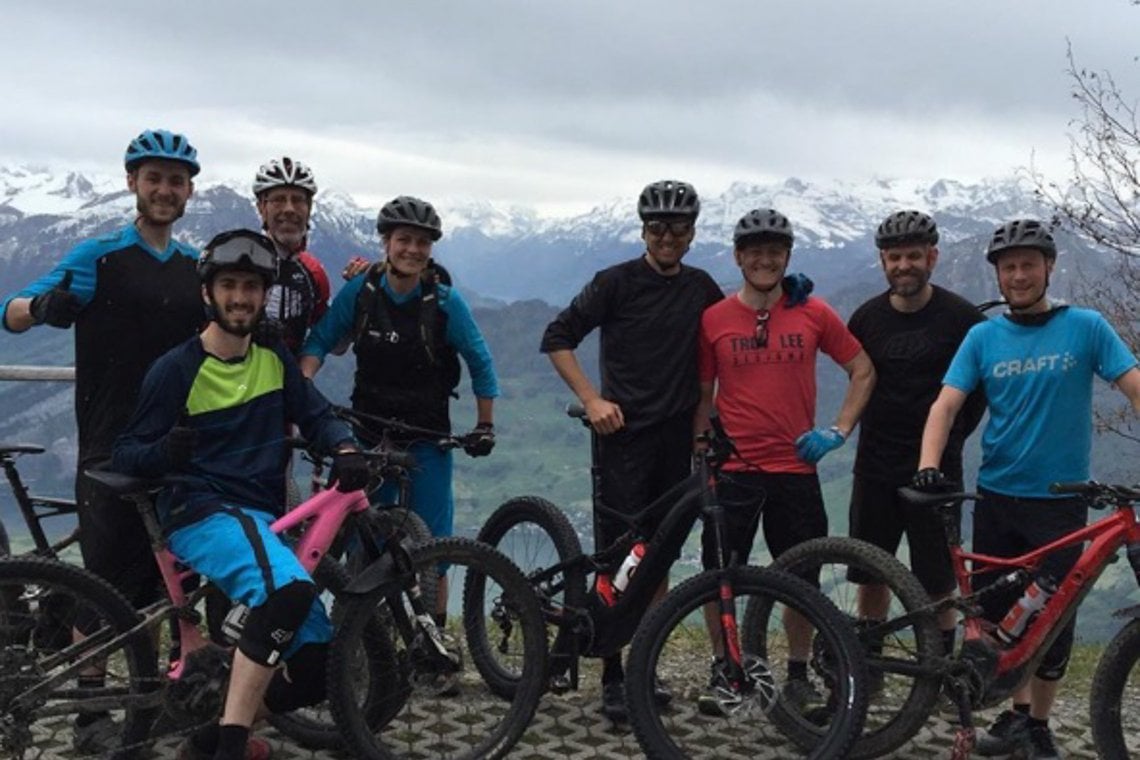

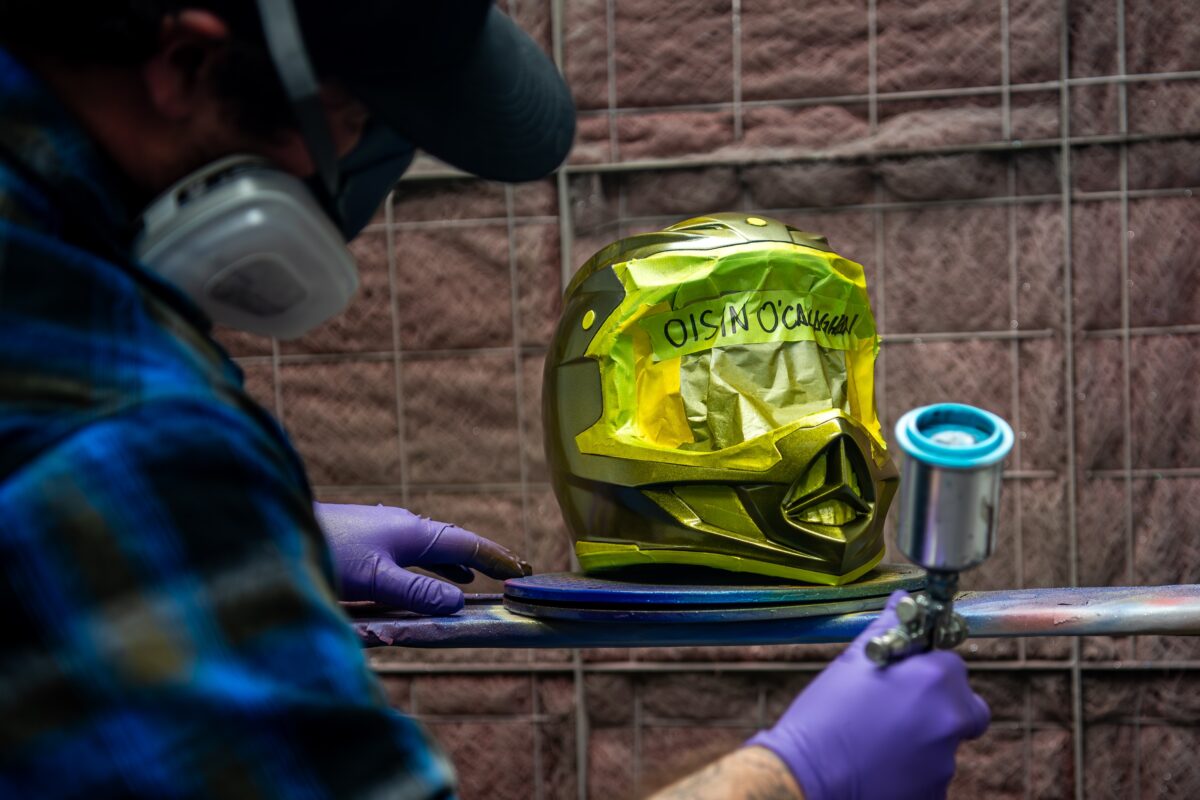 Hinter den Kulissen bei Troy Lee Designs: Wo Kult-Helme zu Kunst werden
Hinter den Kulissen bei Troy Lee Designs: Wo Kult-Helme zu Kunst werden
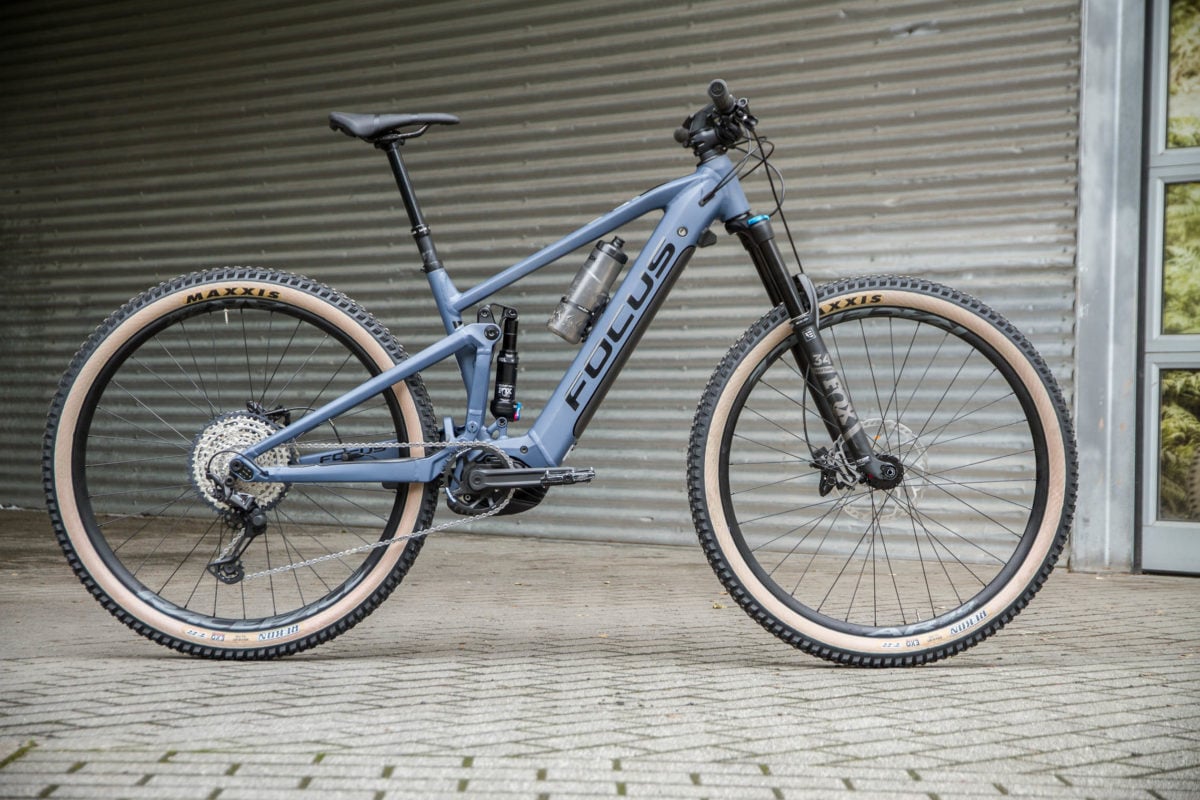 Focus Jam²: Die Neuauflage eines aggressiveren 150mm E-Enduros
Focus Jam²: Die Neuauflage eines aggressiveren 150mm E-Enduros


25 Kommentare
» Alle Kommentare im Forum...ich fand es nicht unsinnig und ich finde viele seiner Argumente schlüssig und nachvollziehbar. Deshalb würde mich mal interessieren, was Du als unsinnig empfandest. Wie man hier sieht... ...jeder "sieht" etwas Anderes in seinen Aussagen.
Ja, war wahrscheinlich ungünstig ausgedrückt.
Was ich meinte, ist, dass das Interview auf mich so wirkte, dass man ein Interview gemacht hat, um ein Interview zu machen. Versteht man das? Bin mir gerade selber nicht sicher.
Also irgendwie nach dem Motto: wir wissen gerade nicht, was wir schreiben können, also machen wir ein Interview und der Praktikant darf sich Fragen ausdenken.
Das meinte ich mit überflüssig.
Ja, ein paar Infos sind trotzdem hängen geblieben.
Sascha
wirklich interessant finde ich nur den satz ..
"Wir entwickeln nun lieber auf Ziele zu, als um welchen auf immer verfügbaren Motor herum"
gruss accu
ja bitte löschen. uraltes zeug.
wenn jemand nichts zum thema sagen will oder darf dann sind interviews irgendwie sinnlos. ich hab nicht gesagt das er arrogant ist. wenn du eine message suchst, dann war es das er von seinem weg überzeugt ist. das ist die message.
Wir laden dich ein, jeden Artikel bei uns im Forum zu kommentieren und diskutieren. Schau dir die bisherige Diskussion an oder kommentiere einfach im folgenden Formular: